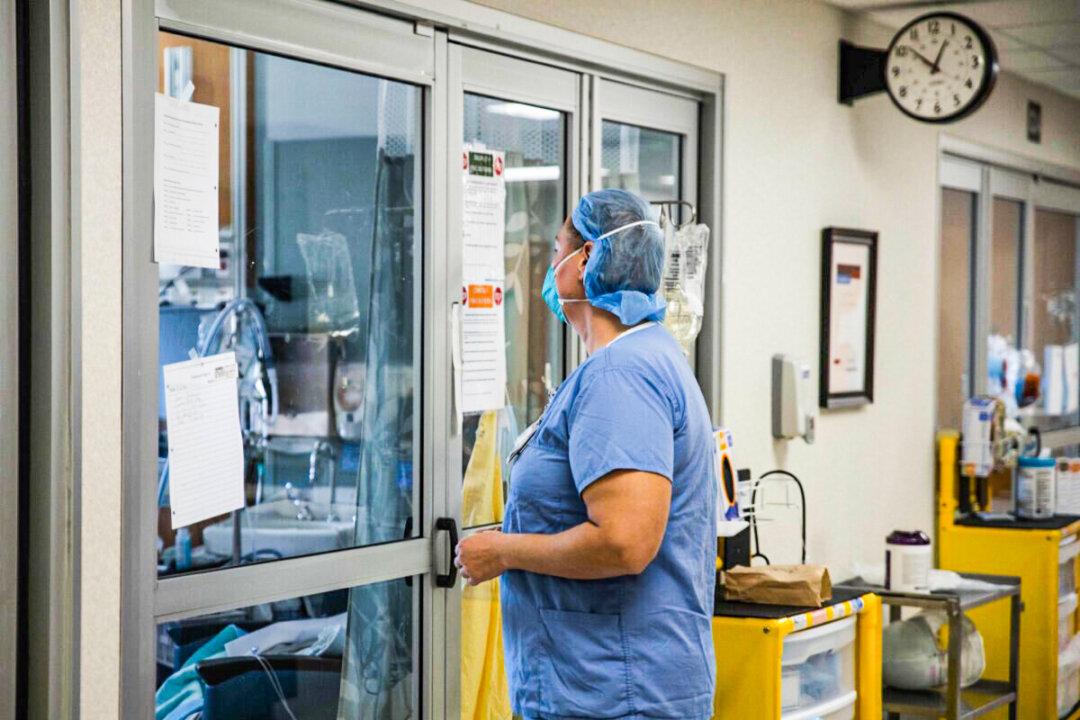Many hospitals in the United States raked in more money during the first two years of the COVID-19 pandemic, partially due to an infusion of funds from the federal government, according to a new study.
About three-quarters of the hospitals analyzed by researchers had a positive net operating income in 2020 and 2021. That was up about 12 percent from before the pandemic.





